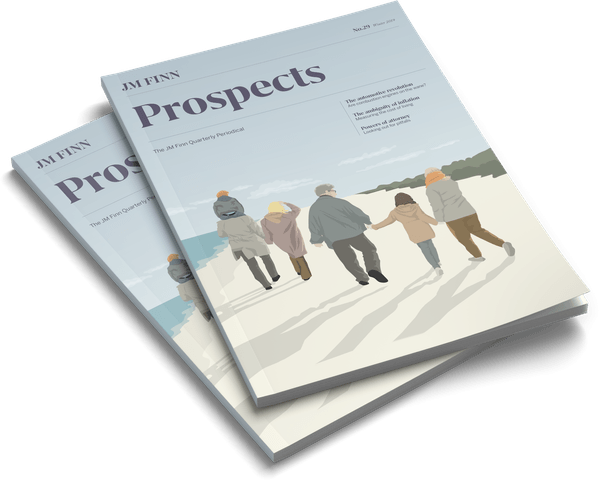Typically Amazon is viewed as the world’s largest e-commerce store, you can near enough buy any item, from A to Z. Yet, Amazon should be viewed through a different lens. Amazon does far more than e-commerce: it leads in cloud computing globally, is an advertising giant competing with the likes of Google and Facebook and, increasingly produces media.
So instead let’s try to view Amazon through the lens of an infrastructure provider driven by ‘network effects.’ Amazon operates in markets where the value it provides becomes greater as more customers use its services - this builds significant barriers to entry. For consumers, ‘Amazon Prime’ offers these network effects; currently the big focus is the expansion of Prime’s ‘One-Day Delivery’, investing billions to advance shipping and fulfilment to improve consumer experience. As delivery improves customers purchase more, entrenching them in Amazon’s ecosystem and yielding benefits of scale.
However, Amazon faces risks. Are we reaching peak possessions? Increasingly younger consumers are favouring experiences over physical goods. Elsewhere, ‘big tech’ is facing greater regulatory scrutiny. If regulators constrain businesses like Amazon that benefit from network effects, consumers might ultimately suffer.




